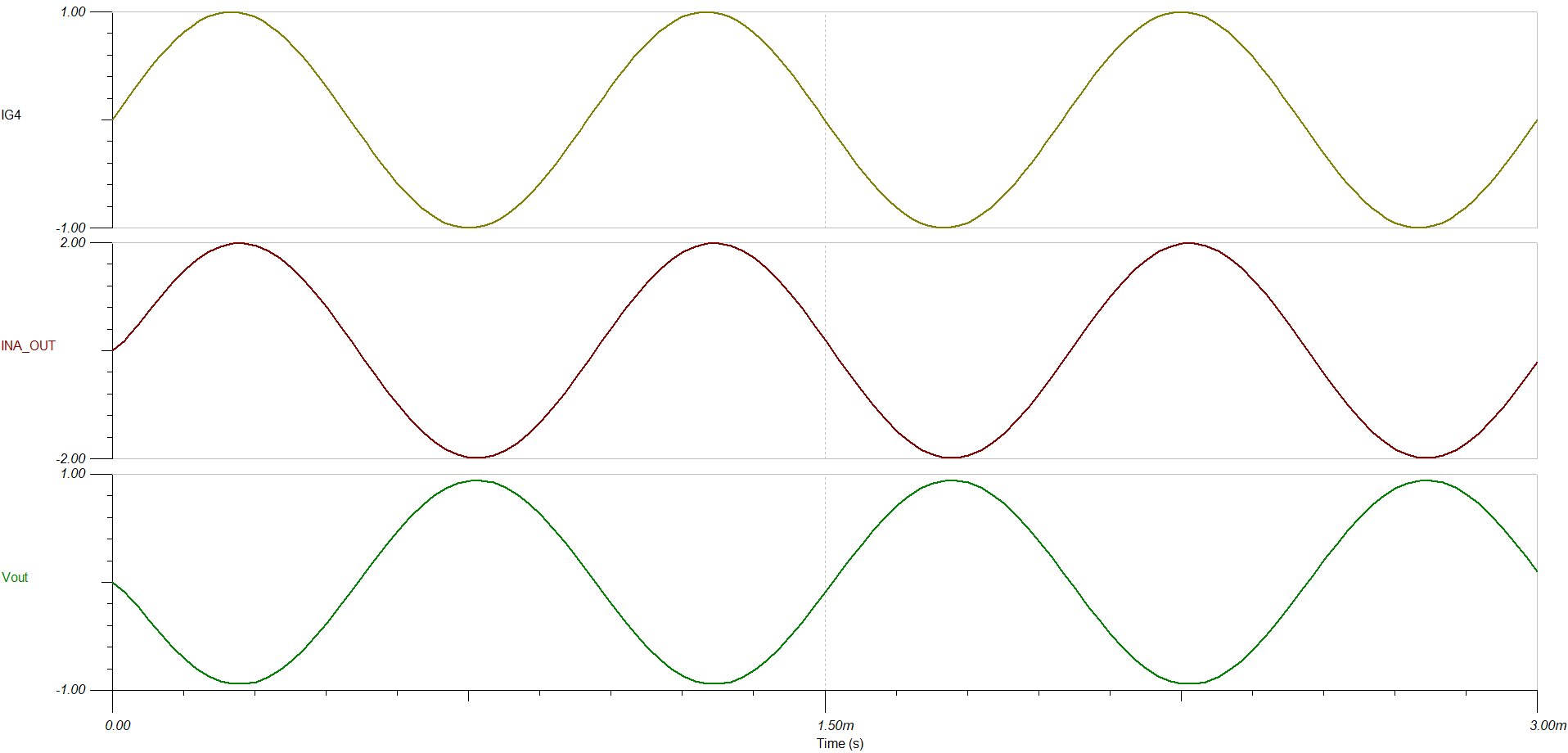Tool/software:
Question 1.
As you can see here I am using INA250A4PWR and OPA189IDBVT in the design. I would like to make sure the following circuit design would work for both positive and negative currents let’s say +1A and -1A (bidirectional) ? So per datasheet the gain OUT of INA250A4PWR should be +2V or -2V based on the input. Please confirm.
Question 2.
In INA250A4PWR part, are the GND1, GND2, GND3 pins the VN (negative rail voltage) of the internal Op-Amp ? As you can see I connected all those 3 GND pins to my -15V rail not to the GND. Please confirm.



